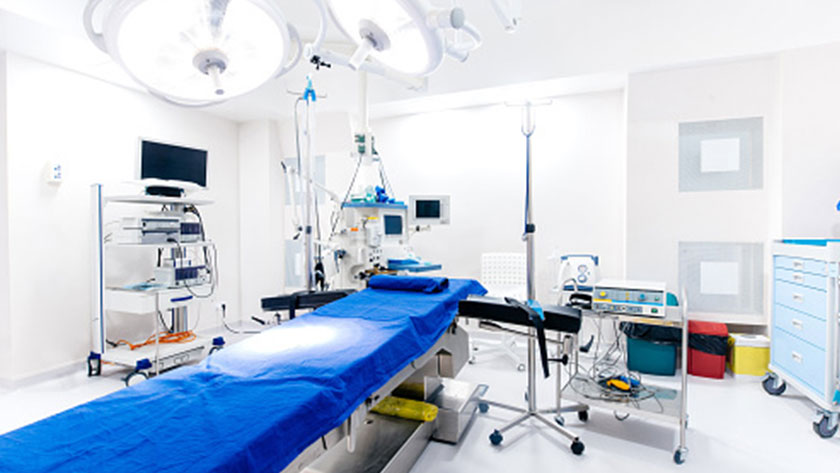6 unexpected skin injuries in the OR

With Medicare reimbursement at stake, perioperative nurses are mindful of preventing skin-related injuries throughout the surgical continuum of care. Here are skin injuries you may not expect in the operating room (OR).
Moisture-associated skin damage (MASD)
Although patients spend a limited time in the perioperative setting, skin injuries do occur there. MASD is caused by prolonged exposure to moisture such as incontinence (stool or urine), perspiration, wound exudate, mucus and saliva. The surgical patient may also have prolonged exposure to moisture from prep solutions or irrigation fluids. Clinical experience suggests that skin changes from moisture, along with chemical irritation and friction, can contribute to MASD.
Medical adhesive-related skin injury (MARSI)
Perhaps less known but still important, MARSI requires attention in the perioperative setting. A MARSI occurs when erythema and other manifestation of cutaneous abnormality—including vesicle, bulla, erosion, or tear—persists 30 minutes or more after removal of the adhesive.
Skin tears and skin shear
These are underreported injuries because, unlike pressure injuries, there is no easy consensus on how to define, assess and document them. In 2011, the International Skin Tear Advisory Panel (ISTAP) defined a skin tear as a wound caused by shear, friction and/or blunt force resulting in separation of skin layers. A skin tear can be partial thickness (separation of the epidermis from the dermis) or full thickness (separation of both the epidermis and dermis from underlying structures).
Pressure injury
According to the National Pressure Ulcer Advisory Panel (NPUAP), a pressure injury is a localized injury to the skin or underlying tissue. Pressure injuries commonly occur over bony areas and result from pressure from external surfaces such as a positioning device, a pre-op or PACU stretcher pad, or an OR table mattress. The term decubitus is often used to describe pressure injuries that result from staying in one position too long. Patients in perioperative setting are particularly susceptible to pressure injuries because they are immobile and unable to perceive pain from unrelieved pressure, friction and shear.
Deep tissue injury (DTI)
DTIs are commonly seen in the OR as a result of patients’ prolonged immobilization. DTIs usually declare themselves several days after the surgery and can be life-threatening due to tissue damage and tunneling. Early identification, proper and accurate documentation and aggressive treatment are paramount when encountering a patient with a DTI.
Risk factors for skin damage
How to recognize a deep tissue injury
Sources
- Walton-Geer, P. Prevention of Pressure Ulcers in the Surgical Patient. AORN Journal. March 2009; 89(3):538-48.
- Grey, Mikel, etal. Moisture-Associated Skin Damage: Overview & Pathophysiology. Journal of Wound, Ostomy and Continence Management. [serial online]. 2011; 38:233-241. Available from Lippencott Nursing Center.Com. Accessed October 14, 2014.
- McNichol, L., Lund, C., Rosen, T., Gray, M. Medical Adhesives and Patient Safety: State of the Science: Consensus Statements for the Assessment, Prevention, and Treatment of Adhesive-Related Skin Injuries. J Wound Ostomy and Continence Nurs. 2013 July/August; 40(4):365-380. http://www.ncbi.nlm.nih.gov/pubmed/23759927
- What is a Deep Tissue Injury? Wound Educators.com. Available at: https://woundeducators.com/what-is-a-deep-tissue-injury. Accessed December 18, 2018.
- Ankrom, M., Bennett, R., Sprigle, S., Langemo, D., Black, J., Berlowicz, D., Lyder, C., and the National Pressure Ulcer Advisory Panel (2005). Pressure-related deep tissue injury under intact skin and the current pressure ulcer staging systems. Advances in Skin and Wound Care 18, (in press).
